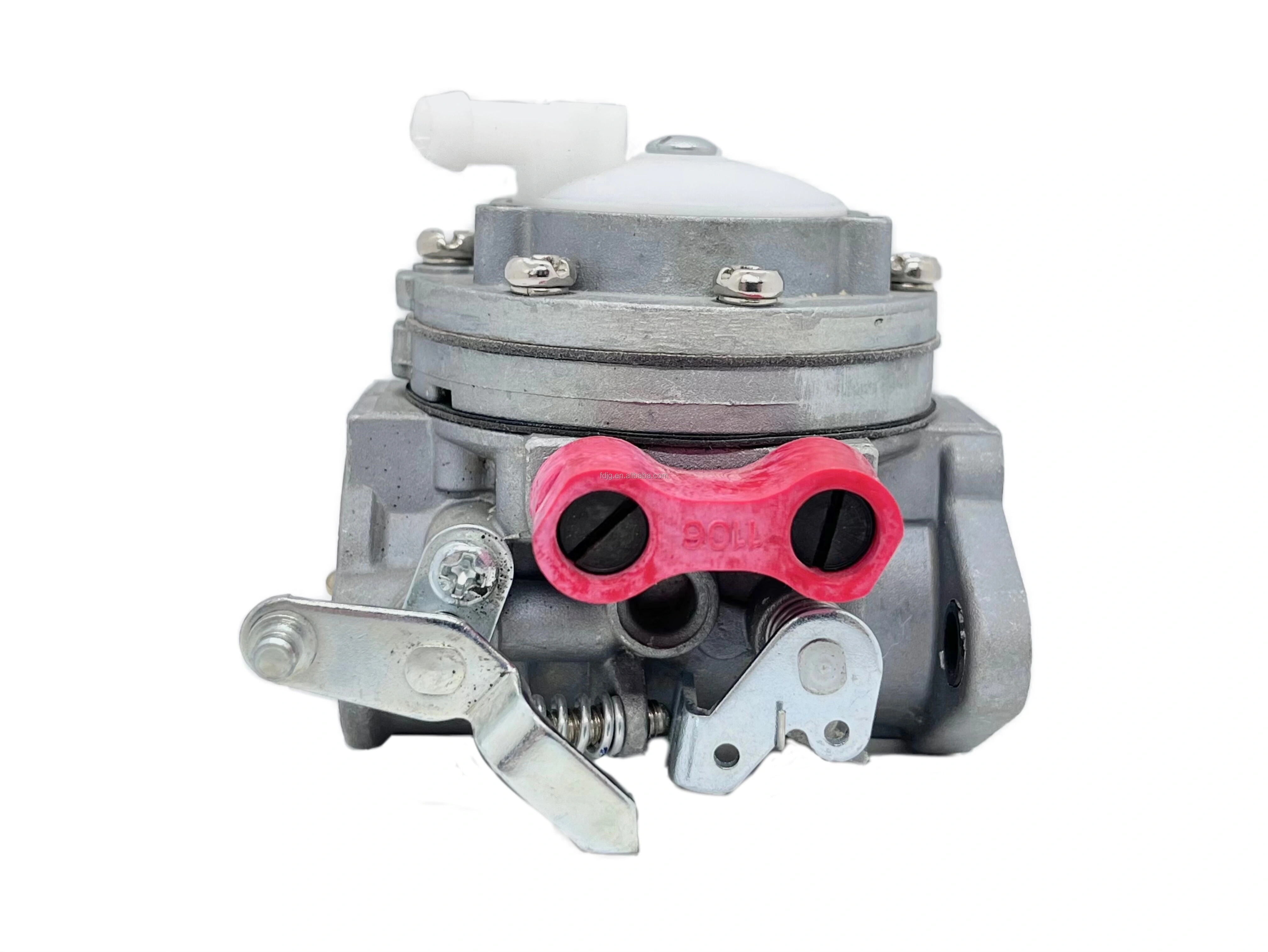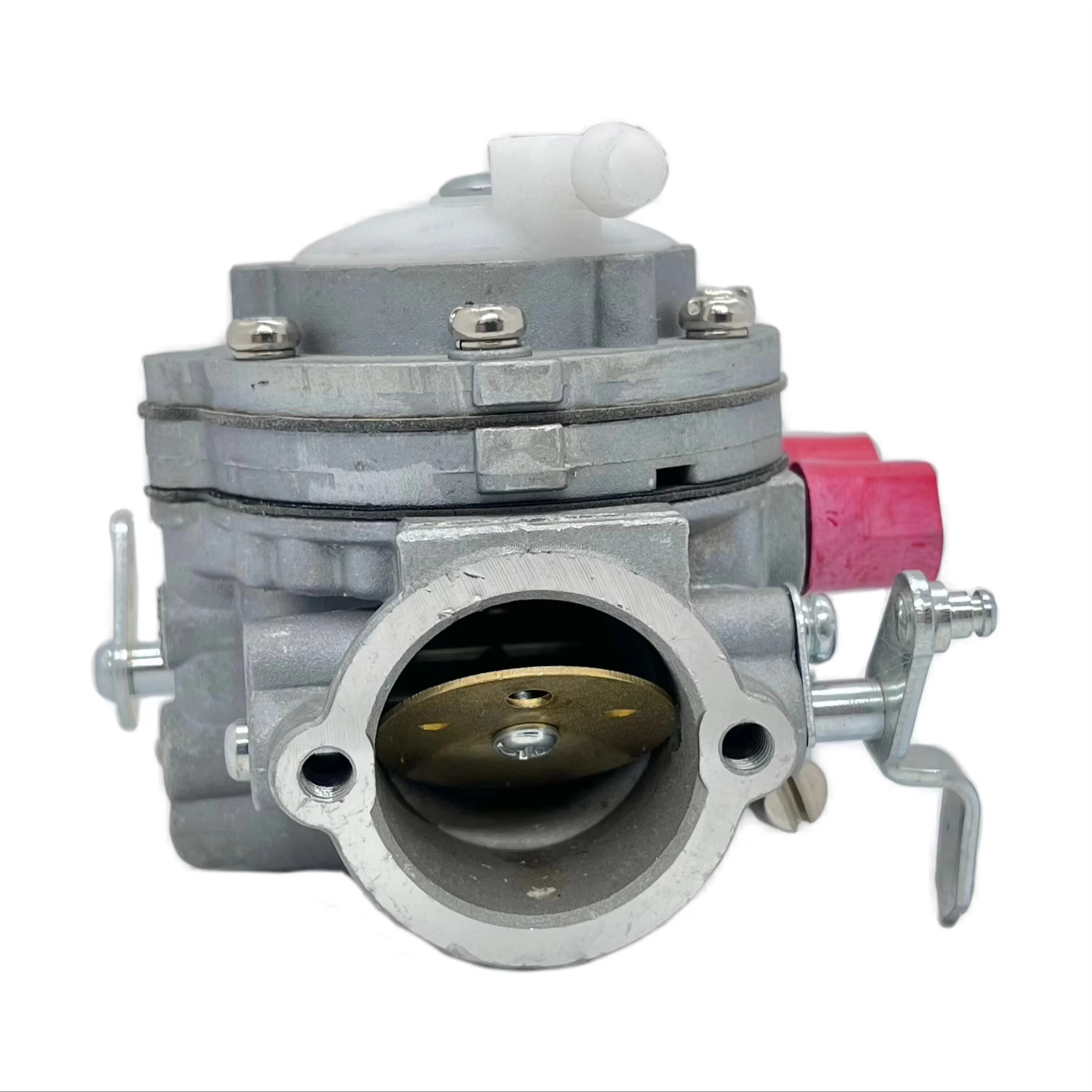Lawn Mower Carburetor Maintenance Tips for Smooth Operation
Understanding the Critical Role of the Carburetor in Lawn Mowers
The carburetor is one of the most vital components of any lawn mower engine. Its primary function is to mix the right amount of fuel with air to create a combustible mixture that powers the engine. Without a properly functioning carburetor, your lawn mower may struggle to start, run inefficiently, or even stall unexpectedly. Ensuring that the carburetor is clean and well-maintained is essential to keep your mower operating smoothly and efficiently.
Carburetor problems are often behind issues like uneven engine idling, poor throttle response, and reduced power. If the carburetor is clogged with dirt, varnish, or old fuel residue, it will disrupt the fuel flow, leading to incomplete combustion and performance problems. Therefore, understanding how the carburetor works and what maintenance it requires is the first step towards prolonging the life of your mower and improving its performance.
Common Carburetor Issues Affecting Lawn Mower Performance
Lawn mower carburetors face a variety of challenges during their operational life. Dirt and debris from the air intake or fuel tank can accumulate inside the carburetor body, blocking small jets and passages. Over time, this can cause the engine to run lean or rich, both of which negatively impact performance. A lean mixture means there is too much air and not enough fuel, which can cause the engine to overheat and damage internal components. A rich mixture, on the other hand, results in excess fuel burning and produces smoke, foul smells, and carbon deposits.
Additionally, the float and needle valve within the carburetor can become stuck or worn, leading to fuel leaks or flooding. Stale fuel can also leave behind sticky varnish that clogs the carburetor jets, preventing fuel from flowing correctly. These problems manifest as hard starting, stalling, or inconsistent engine speed. Addressing these common carburetor issues through proper maintenance is crucial for smooth lawn mower operation.
Regular Inspection and Cleaning Procedures for the Carburetor
Visual and Functional Inspection of the Carburetor
Regular inspections can help catch carburetor issues before they cause major problems. Begin by examining the exterior for signs of fuel leaks, cracks, or damage to the fuel lines connected to the carburetor. Check the air filter as well, since a dirty filter can allow dirt to enter the carburetor and cause blockages. Testing the mower’s engine behavior can also reveal potential carburetor faults. Listen for rough idling, sputtering, or difficulty starting, which often point towards carburetor issues.
During inspection, pay close attention to the choke and throttle mechanisms, ensuring they move freely without sticking. Also, verify that the fuel supply is clean and that there is no contamination or water in the fuel tank. Keeping these checks part of your routine maintenance schedule can significantly reduce carburetor problems and improve mower reliability.
Thorough Cleaning Techniques for the Carburetor
Cleaning the carburetor involves disassembling it carefully and using appropriate cleaning agents to remove deposits. Start by draining the fuel and removing the carburetor from the mower. Use carburetor cleaner sprays to dissolve dirt, varnish, and gum inside jets, the float bowl, and other intricate parts. Compressed air can be used to blow out small passages, ensuring they are clear.
Take care when cleaning delicate parts such as the needle valve, float, and gaskets. Inspect these components for wear and replace them if necessary. Once clean, reassemble the carburetor with new gaskets or seals to prevent leaks. Proper cleaning restores fuel flow and engine responsiveness, preventing stalling and hard starts.
Adjustments and Tuning for Peak Carburetor Performance
Calibrating the Air-Fuel Mixture for Efficiency
Adjusting the air-fuel mixture screw is essential to ensure the carburetor provides the correct ratio for combustion. If the mixture is too rich, the engine will produce excess smoke and carbon deposits, reducing fuel efficiency and potentially damaging the spark plug. If too lean, the engine may overheat and stall frequently. To tune the mixture, start the engine and slowly turn the mixture screw while listening for changes in engine speed and smoothness.
Achieving the right balance requires patience and a steady hand. Fine adjustments will result in smoother idling, better throttle response, and overall improved fuel economy. Many lawn mower manufacturers provide recommended settings, which can be used as a baseline during tuning.
Setting the Idle Speed for Stable Operation
Idle speed adjustment ensures that the engine runs steadily when the mower blade is not engaged. An idle speed set too low risks engine stalling, while too high idle speed wastes fuel and can cause unnecessary wear on components. Adjust the idle speed screw to maintain a stable RPM level recommended by the mower manufacturer.
Regularly checking and adjusting the idle speed after cleaning or repairing the carburetor ensures consistent performance. This simple adjustment can make a noticeable difference in mower handling and fuel consumption.

Preventative Practices to Avoid Carburetor Problems
Fuel Management and Use of Additives
The quality and condition of fuel directly affect carburetor health. Using fresh gasoline and avoiding ethanol-blended fuels where possible can reduce the buildup of deposits inside the carburetor. Ethanol tends to attract moisture and promotes corrosion, which clogs carburetor jets over time. Adding fuel stabilizers when storing your mower helps keep the fuel fresh and prevents gum formation.
Regularly replacing old fuel and maintaining a clean fuel tank are easy but highly effective practices to prevent carburetor issues. Ensuring fuel lines are intact and free from cracks or leaks also contributes to better fuel delivery and engine reliability.
Proper Storage to Maintain Carburetor Condition
When not in use for extended periods, such as during winter, proper mower storage helps preserve the carburetor’s condition. Running the mower until the fuel tank is empty or draining the fuel prevents stale gasoline from sitting inside the carburetor and causing varnish buildup. Covering the mower and storing it in a dry, sheltered area protects it from dust and moisture, which can accelerate carburetor deterioration.
Regularly inspecting the carburetor before storage and after prolonged inactivity will catch any developing problems early. Taking these preventative steps reduces the likelihood of carburetor-related failures at the start of the mowing season.
Replacement and Professional Maintenance Options
When to Replace Carburetor Components
Even with proper maintenance, certain carburetor parts have limited lifespans. Gaskets, diaphragms, floats, and needle valves can become brittle, cracked, or worn out after prolonged use. If cleaning and adjustments fail to restore performance, replacing these components is often the best solution.
Using high-quality replacement parts designed specifically for your mower model guarantees a precise fit and reliable function. This approach can save money compared to replacing the entire carburetor and ensures the mower runs at peak efficiency.
Benefits of Professional Carburetor Service
While many maintenance tasks can be handled at home, professional carburetor servicing offers deeper inspection and repair capabilities. Technicians can fully disassemble the carburetor, inspect all components, replace worn parts, and calibrate settings with specialized equipment. This level of care is particularly useful for complex carburetors or for mowers that see heavy or commercial use.
Choosing professional service can extend the mower’s lifespan and ensure consistent, trouble-free operation. It is also a great option if you are unsure about performing detailed maintenance yourself.
FAQ About Lawn Mower Carburetor Maintenance
How can I tell if my lawn mower’s carburetor needs cleaning?
If your mower is hard to start, stalls frequently, idles roughly, or has a noticeable drop in power, the carburetor may be clogged or dirty. These symptoms suggest fuel flow issues inside the carburetor that require cleaning.
What is the best way to store my mower to protect the carburetor?
Run the engine until it uses all fuel or drain the fuel tank before storage. Store the mower in a dry, dust-free environment and use fuel stabilizers if you plan to keep fuel in the tank. This prevents fuel degradation and protects the carburetor from residue buildup.
Can I use any carburetor cleaner spray?
It’s best to use a cleaner specifically designed for small engines and carburetors. These sprays dissolve gum, varnish, and dirt without damaging delicate parts. Avoid harsh chemicals that may corrode metal or rubber components.
How often should carburetor maintenance be performed?
For regular users, carburetor cleaning and inspection should be done at least once a year, ideally at the start of the mowing season. Mowers used less frequently can be maintained every couple of years or when performance issues arise.
Table of Contents
- Lawn Mower Carburetor Maintenance Tips for Smooth Operation
- Regular Inspection and Cleaning Procedures for the Carburetor
- Adjustments and Tuning for Peak Carburetor Performance
- Preventative Practices to Avoid Carburetor Problems
- Replacement and Professional Maintenance Options
- FAQ About Lawn Mower Carburetor Maintenance

